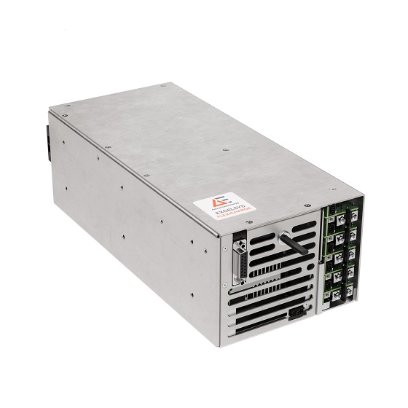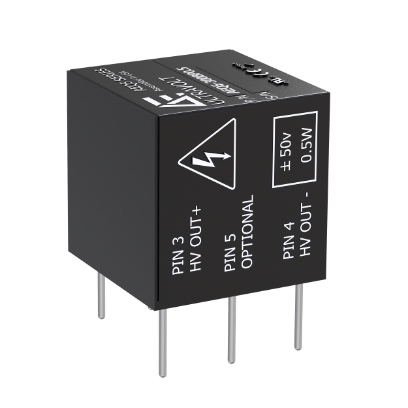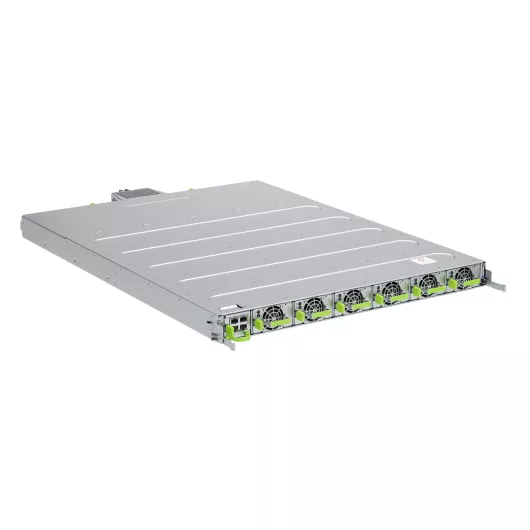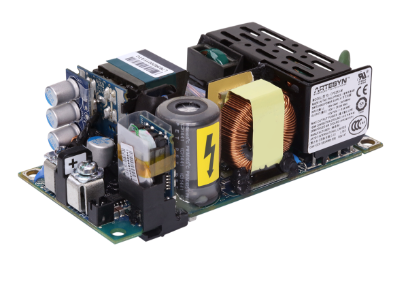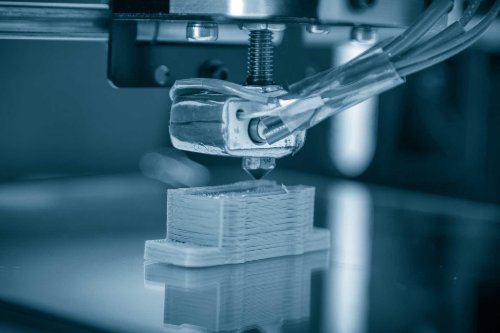NDQ1600 | High-efficiency, non-isolated 1600 W Quarter-brick DC-DC Converter for 48 V Systems
Advanced Energy’s NDQ1600 is a high efficiency, non-isolated DC-DC converter designed to meet the power demands of advanced computing, networking, and industrial platforms. Delivering up to 1600 W of regulated 12 V output from a 48 V input, this compact quarter-brick module combines exceptional thermal performance, digital control, and scalable power delivery.
Key features include:
• Flat 98% Efficiency Curve – Reduces cooling complexity and boosts system reliability
• Integrated Baseplate – Supports heatsinks or liquid cooling for optimal thermal performance
• Wide Operating Range – Fully qualified for -40°C to +85°C and compliant with IEC 62368
Built for continuous operation under high power loads, the NDQ1600 is ideal for AI servers, data centers, telecom and networking, robotics, test and measurement systems, and other mission-critical applications.
Learn more: https://www.advancedenergy.com/en-us/products/dc-dc-conversion-products/telecom-48v-input-pcb-mount-bricks/ndq-series/ndq1600/




.jpg?lang=en-US)
